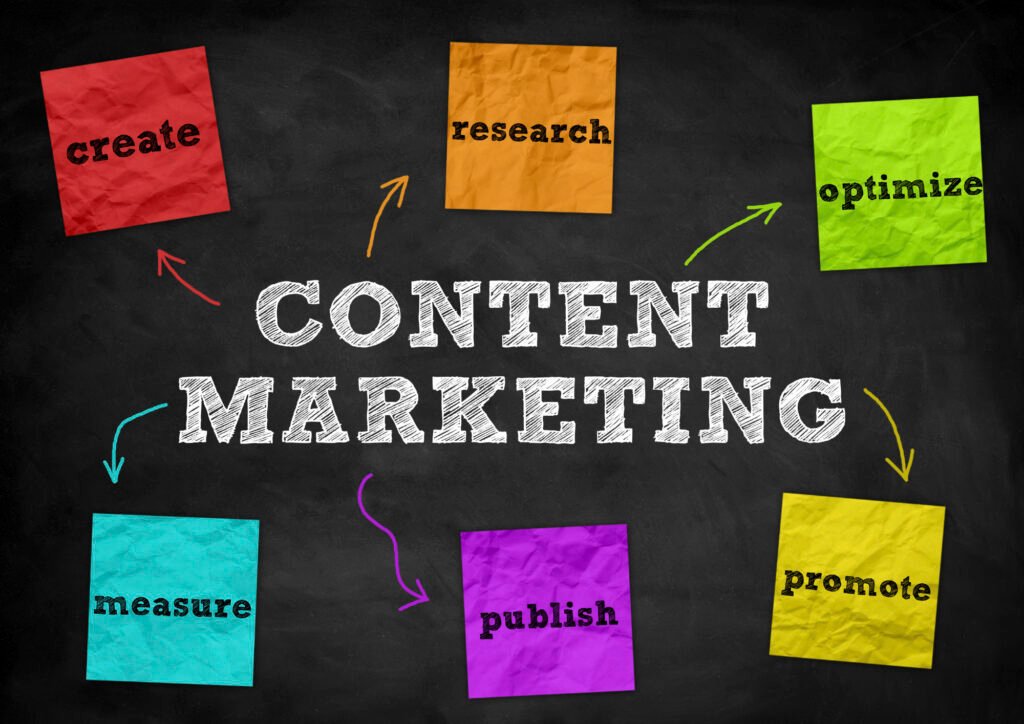How to Run Social Media Ad Campaigns?
Introduction Briefly explain the importance of social media ad campaigns. Highlight the benefits of running social media ads: targeted reach, measurable results, scalability, and cost-effectiveness. Mention platforms where social media ads can be run, such as Facebook, Instagram, LinkedIn, Twitter, Pinterest, and TikTok. Preview the steps you will walk through in this guide. Step 1: Define Your Campaign Goals Why It’s Important: Setting clear goals gives direction to your ad campaign and helps you measure success. Types of Goals: Discuss common goals such as brand awareness, lead generation, website traffic, conversions, engagement, app installs, and sales. SMART Goals: Explain how to set SMART (Specific, Measurable, Achievable, Relevant, and Time-bound) goals to keep your campaign focused. Example: If your goal is lead generation, how many leads are you aiming for in a month? Are you focusing on increasing website traffic by a specific percentage? Step 2: Understand Your Audience Importance of Audience Targeting: Tailoring your ad to a specific audience ensures that your message reaches the right people. Audience Research: Dive into audience demographics like age, gender, location, interests, behavior, and online activities. Creating Buyer Personas: Teach how to create detailed personas that reflect your ideal customer. Include information like their pain points, buying habits, and social media platforms they frequent. Tools for Audience Research: Recommend tools like Facebook Audience Insights, Google Analytics, and LinkedIn Audience Data. Step 3: Choose the Right Platform Platform Strengths: Different platforms cater to different audiences and ad formats. Explain the unique strengths of each platform: Facebook & Instagram: Visual content, large audience, diverse targeting options. LinkedIn: Ideal for B2B marketing, professional audience, higher CPC (cost-per-click). TikTok: Focuses on short, engaging videos and is popular among Gen Z. Twitter: Great for real-time interaction and brand awareness. Platform-Specific Tips: Give platform-specific tips for targeting, such as using hashtags for Twitter ads or focusing on Stories for Instagram. Step 4: Set a Budget and Bidding Strategy Understanding Ad Costs: Break down the typical cost structures for social media ads, including CPC (Cost per Click), CPM (Cost per 1000 Impressions), CPA (Cost per Acquisition), and CPV (Cost per View). Choosing the Right Budget: Help readers decide on a budget based on their goals and audience size. For instance, you can start with a smaller budget, assess performance, and scale up if necessary. Bidding Strategies: Discuss different types of bidding strategies, including: Manual Bidding: Allows you to set the price you’re willing to pay for each action. Automatic Bidding: The platform sets the bid amount based on your budget and campaign goals. Step 5: Create Compelling Ad Creatives Importance of Creatives: Your ad creative is the visual or textual content that captures attention. A well-designed ad leads to higher engagement. Ad Types: Explain the different types of ad formats, such as: Image Ads: Simple but effective for static visuals. Video Ads: Great for storytelling and engagement. Carousel Ads: Allows you to display multiple products or features. Story Ads: Short, immersive ads on platforms like Instagram and Facebook Stories. Crafting Effective Copy: Headlines: Should be catchy and concise. Call-to-Action (CTA): Provide clear instructions such as “Shop Now” or “Learn More.” Value Proposition: Highlight the benefits of your product/service. A/B Testing: Always test different variations of your ad copy and creatives to optimize for better results. Designing for Each Platform: Provide guidance on the right ad dimensions for each platform (e.g., Instagram square images vs. LinkedIn’s preferred ad dimensions). Step 6: Set Up Your Campaign Platform-Specific Instructions: Guide the reader through the setup process on popular platforms like Facebook Ads Manager or LinkedIn Campaign Manager. How to create a new campaign. Defining your campaign objective. Selecting your target audience (using the audience personas you created earlier). Setting up your budget and schedule. Ad Placement: Discuss automatic vs. manual placements (e.g., Facebook’s automatic placements across Instagram, Messenger, etc.). Ad Scheduling: Highlight the importance of setting your ads to run at optimal times when your audience is most active. Step 7: Monitor and Optimize Your Campaign Importance of Analytics: Tracking campaign performance is crucial for making data-driven decisions. Key Metrics to Track: Identify key metrics such as CTR (Click-Through Rate), Conversion Rate, ROAS (Return on Ad Spend), and Engagement Rate. Using Analytics Tools: Guide readers through using built-in analytics tools for each platform, such as Facebook Insights or Instagram’s Analytics. Optimizing Performance: Adjust Targeting: Based on performance, narrow or expand your audience. Creative Tweaks: If engagement is low, consider changing the images, video, or copy. Budget Adjustments: Increase spending on well-performing ads while cutting down on underperforming ones. A/B Testing: Continuously test different aspects of the ad such as visuals, CTAs, and audience targeting to find the winning combination Step 8: Retargeting Ads for Maximum ROI Why Retargeting Works: Retargeting ads target users who have already interacted with your brand, increasing the likelihood of conversions. Setting Up Retargeting Campaigns: Walk through creating retargeting audiences based on actions like visiting your website, adding items to the cart, or engaging with a previous ad. Using Facebook Pixel or Google Analytics: Explain how to install tracking pixels to monitor user actions and retarget them effectively. Step 9: Scaling Your Campaign When to Scale: Discuss the signs that indicate your campaign is ready to scale, such as high conversion rates and low CPA. Strategies for Scaling: Increase Budget: Gradually increase the budget while monitoring performance. Expand Audience: Broaden your targeting by testing new demographics or lookalike audiences. Diversify Platforms: If successful on one platform, consider expanding to others like LinkedIn or TikTok. Step 10: Analyze Results and Report Creating a Report: Teach readers how to compile data from their campaign into a report to assess overall performance. Metrics to Focus On: Summarize the key metrics they should focus on (e.g., reach, impressions, cost per conversion). ROI Calculation: Explain how to calculate the return on investment (ROI) of the campaign by comparing ad spend to revenue generated. Conclusion Summarize the key steps covered in social media ad campaignsthe guide. Emphasize the importance of continuous testing, optimization, and learning from campaign
How to Run Social Media Ad Campaigns? Read More »

